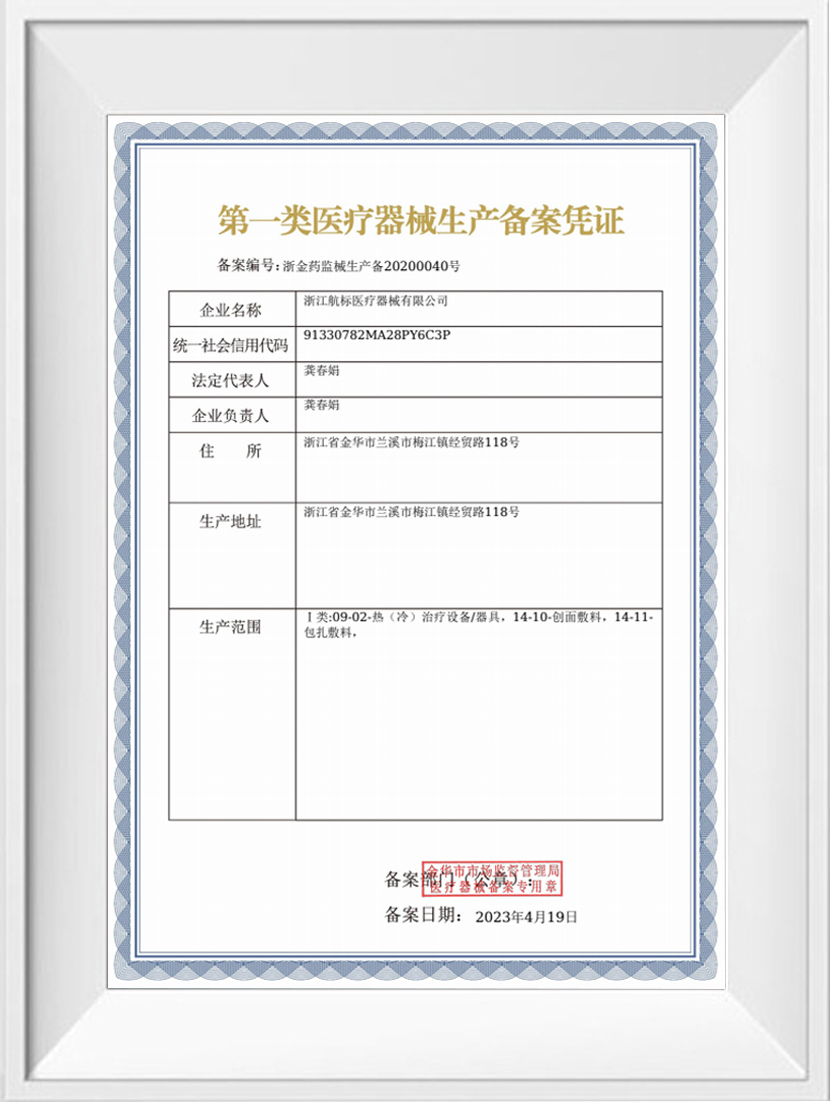Application Convenience and Wear Time
Silicone Scar Reducing Tape offers a clear advantage in terms of application simplicity and durability. While traditional scar creams require frequent reapplication—often two to three times daily—the tape can be applied once and left in place for up to 12 to 24 hours, depending on the brand and skin condition. This not only saves time but also ensures continuous therapeutic contact with the scar, which is crucial for suitable healing. The consistent pressure and hydration provided by the tape are difficult to achieve with creams, which can rub off easily or become less effective due to environmental exposure.

Long-Lasting Hydration and Occlusion
One of the key mechanisms by which both silicone tape and scar creams work is through occlusion—trapping moisture over the scarred area. Silicone Scar Reducing Tape excels in this aspect by creating a semi-permeable barrier that locks in moisture while still allowing oxygen exchange. This helps maintain an ideal healing environment for the skin. Traditional gels or creams may dry out or be removed through sweat, water, or contact with clothing, resulting in inconsistent hydration and reduced effectiveness.
Targeted Adhesion and Scar Protection
Unlike creams, which can spread beyond the target area, silicone tape adheres directly to the scar and stays in place, providing continuous pressure and protection. This physical barrier shields the scar from external irritants like dust, UV rays, and friction caused by clothing. It also helps reduce itchiness and inflammation more effectively by reducing skin trauma. Creams, while soothing, lack this protective layer and can be inadvertently wiped away, especially in active individuals or children.
Improved Appearance and Discretion
Many Silicone Scar Reducing Tape products are designed to be discreet. They are often transparent or skin-toned, blending easily with the skin and making them suitable for visible areas such as the face, neck, or hands. Traditional scar creams, on the other hand, may leave a shiny or greasy residue, making them less cosmetically appealing during the day. The tape also offers a matte finish, which is more favorable when used under makeup or in social settings.
Reduced Risk of Overuse and Skin Irritation
Since the tape is a physical product with a set usage duration, users are less likely to overapply it compared to creams, which can sometimes be used excessively to speed up results. Overuse of certain active ingredients in scar creams, such as vitamin E or hydroquinone, may cause skin irritation or allergic reactions. Silicone tape, being chemically inert and free from added ingredients, is generally considered safer for long-term use on sensitive skin, including post-surgical scars and pediatric applications.
Consistency in Treatment Results
Due to its stable and sustained contact with the skin, Silicone Scar Reducing Tape tends to deliver more consistent results. Creams are more prone to user error—incorrect application, inconsistent usage, or mixing with other skincare products can all affect outcomes. In contrast, the tape's simplicity and single-use nature help users stick to a routine more easily, which is essential for scar reduction over weeks or months.
Conclusion
While both Silicone Scar Reducing Tape and traditional scar creams offer benefits for reducing scar appearance, the tape provides several distinct advantages in terms of application ease, long-lasting hydration, protective benefits, and treatment consistency. For individuals seeking a low-maintenance, skin-friendly, and effective scar management solution, silicone tape often proves to be good choice.



